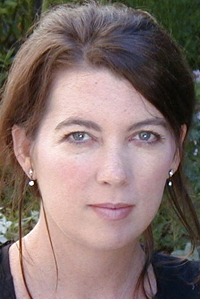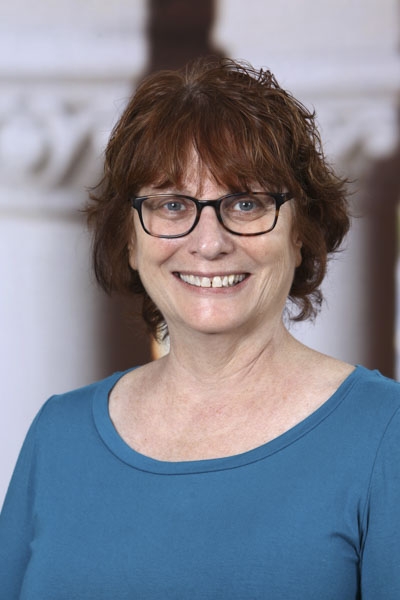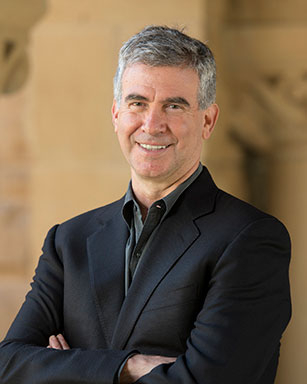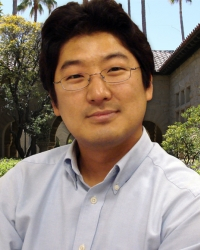
"Advancing tech-fluency of underrepresented youth and their teachers through Project Based Learning (PBL)" is designed to contribute to a basic understanding of how aspects of technological fluency develop in both formal and informal settings. This five year project is funded by the NSF and will occur in three phases. First, we will investigate students' access, interest, and experiences with new technologies-with an emphasis on identifying barriers to equity as well as revealing learning resources. Second, we will use what we have learned to design - collaboratively with teachers, researcher-designers, and students - courses appropriate for middle school and high school students in both formal and informal settings. Third, by explicitly uncoupling the common confounds between demographics and experiences, we will investigate conditions that yield equity in technological fluencies.

I am working on the ELISA project (e-learning interactions with Stanford in Africa). Environmental challenges facing the world are connected deeply and responses to them must be local and global. Cultural, geographic, economic and historical factors contribute to understandings, perspectives and interpretations of the issues. There is a strong need for conversations and exchanges of learning and ideas. ELISA attempts to provide resources and an environment for generating learning and knowledge of complex, global environmental issues while combining that goal with research on how to best design technologies that can facilitate shared learning in a world-based classroom. The ELISA course environment will offer faculty and students in different countries the opportunity to learn from leading experts in environmental sciences as well as to contribute to lively research, discourse and debate through Internet and mobile phone interactions. The research will seek to understand the role that new and emerging technologies can play in generating and supporting world-based classrooms.

Referential activities such as pointing and highlighting help direct attentional focusing of participants during human communicative interactions to specific phenomena of interest. These efforts to establish "guided noticing" provide a central resource for learning, in helping delimit the scope of reference for dialogues that seek to create common ground for facilitating learning and negotiating meaning. Over the past few years, I have worked with colleagues to develop a new paradigm for interacting with digital videorecordings that we call DIVER, which provides a new infrastructure for users to interactively author and annotate/tag/analyze web link-addressable moments in space and time within the video streams for guided noticing. By these means, we can support video-anchored dialogs, and multiple perspectives represented in ‘dives’ into any given videorecord can be compared for understanding the situation represented in the video.

My group is examining the use of Teachable Agents (TAs) in learning science. TAs are computer programs that students have to explicitly teach. Once taught, the TA can reason to solve new problems based on how well it has been taught. Our prior research has shown the TAs are quite effective for certain aspects of learning, and we have developed some interesting explanatory theories that also extend to human-human interaction. The TAs also permit some interesting extensions. For example, it is possible to test the TA instead of the student, thereby reducing the number of tests that students need to take. In our new work, we are examining whether we can use the TAs to help change the nature of homework. Students can log on from home and have their TAs play one another on an internet game show. For more information, go to AAAlab.stanford.edu, which describes the Teachable Agents along with other work that is going on in the lab.

The Public Knowledge Project, with which I work, is dedicated to using new technologies to improve the public accessibility, value, and contribution of research and scholarship. Its research program is investigating the social, economic, legal, and technical issues involved in increasing the circulation of knowledge, as a means of advancing learning, improving professional practice, and developing greater global equity. It is also playing an advocacy role by building open source software for use by academics the world over to help them freely publish peer-reviewed research and share more of what they know. To help with the contribution and impact of this new access to knowledge, the project is also investigating new reading environments which support readers exploring new ideas and areas of knowledge. It is also, finally, considering the intellectual properties of learning around historical themes concerned with the distribution and sharing of that learning.

As part of POMI (Programmable Open Mobile Internet) research project funded by National Science Foundation, my team is working on several initiatives including ROSE (Remotely Operated Science Experiment), HMS (Homework Management System), PocketSchool, EduVarta, SIS, and 1001 Stories (Global Children Digital Narratives Exchange Project).